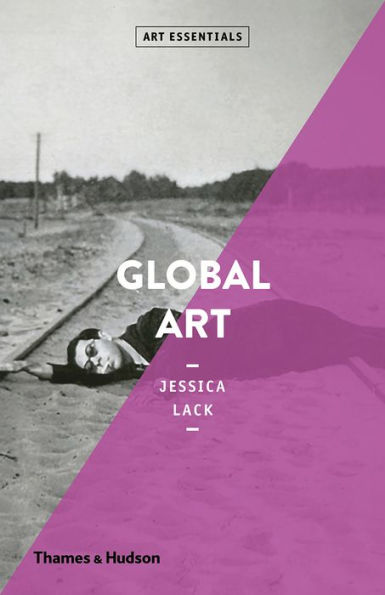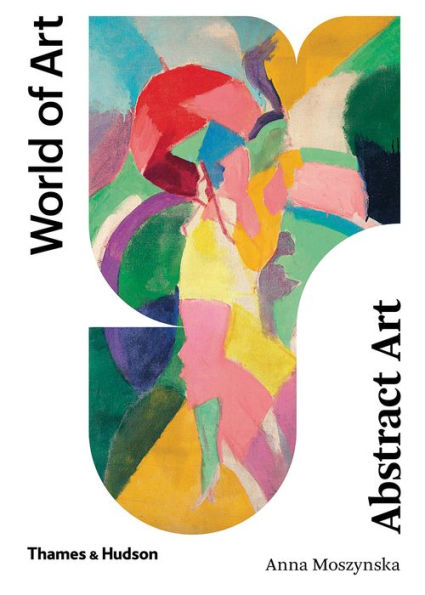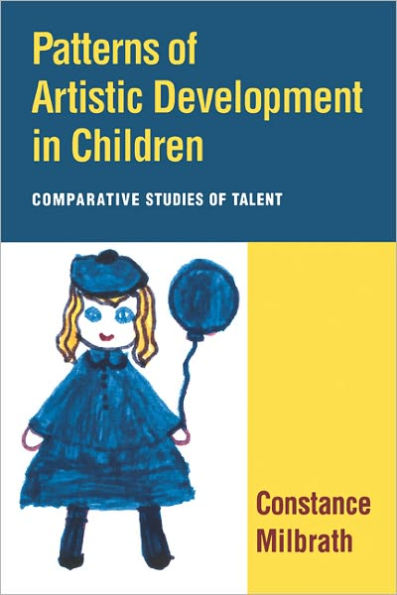Home
Comparative Art
Barnes and Noble
Comparative Art
Current price: $8.99


Barnes and Noble
Comparative Art
Current price: $8.99
Size: OS
Loading Inventory...
*Product information may vary - to confirm product availability, pricing, shipping and return information please contact Barnes and Noble
From the Introduction.
The fundamental idea underlying this monograph is to make an examination and comparison of the fine arts of as many races as possible, and of the resemblances and differences between these arts, to see whether any new light can thereby be shed on man and his history.
In other words, this is an attempt to look from an esthetic standpoint at what man has produced in the esthetic arts, and to see whether anything can be learnt about man therefrom, or to put it still differently, it is a study of art for the sake of science.
A comparison of the arts of the different races of men of to-day should throw, it would seem, some light on the esthetic and mental similarities and divergences between these races. And in the same way, a comparison of the arts of the races of the present with those of the arts of the races of the past should enable us, to a certain extent, to gauge the development of our early ancestors.
To carry out this idea, I have examined, either in their homes or in museums, as many art works of as many races as possible, then I have studied photographs or illustrations of such objects, finally I have tried to cull from the statements of travellers and scientists something about the art of races from which I could see no art specimens. The only faculty or guidance I have relied on is my own critical faculty, so that I wish any reader to understand that this book only represents my own OPINIONS, and that I have not the slightest intention of laying down any laws or dogmas.
An analogous case to studying comparatively the arts of different races occurs when anyone studies their implements, weapons, dress, ornaments, customs, languages, etc., and draws comparisons. Stone implements have a certain similarity the world over. Bone, wood, bronze, and iron implements differ more among themselves than stone implements do among themselves. Works of art in various places differ still more than do implements. The difference between implements certainly gives some clue as to their makers, and the differences between works of art should lead to still greater knowledge of the races the artists belong to. Comparative philology, comparative anatomy and comparative archeology have become special sciences and have shed much light on ethnology, and it seems to me that another special science should develop under the name of comparative art with the likelihood of proving also a great aid to knowledge.
A difficulty about the study of comparative art is that of seeing a sufficient number of specimens, and it would be unsafe to judge of the art of any tribe, such for instance as the Zunis, from one or two specimens. Another difficulty consists in the lack of certainty anyone, not a specialist in a locality, must always be under as to whether the specimens he may see are genuine, representative, and whether they really come from the place and date from the time assigned to them. The only thing to do is to form the best temporary opinion one can, and be ready to alter it if fresh data turn up.


















